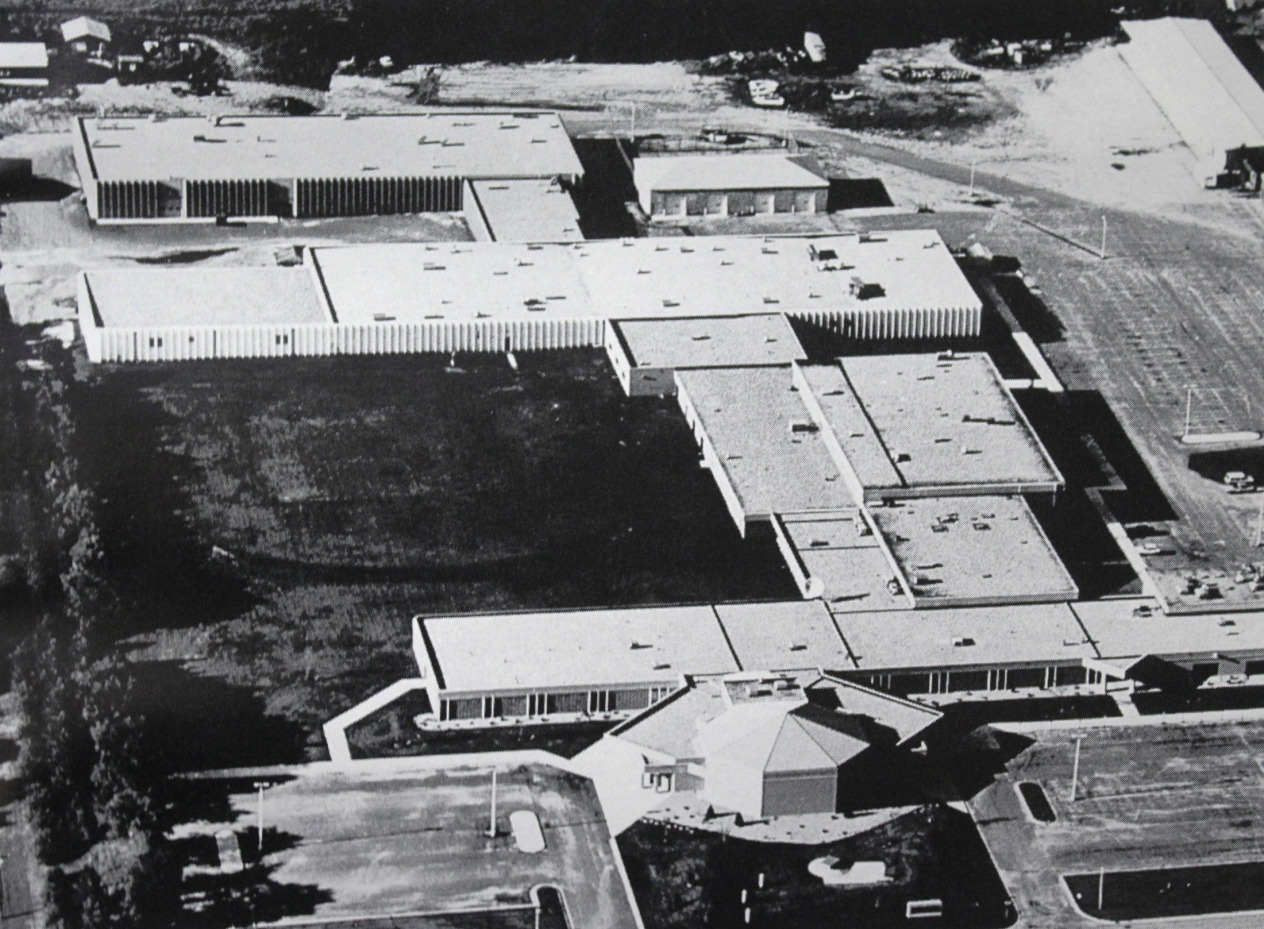Title
BIOL1170 - Essentials of Human Anatomy and Physiology
API ID
Credits
4 (4/0/0)
Description
Meets MnTC Goal Area 3. This course introduces students to the structure and function of the human body using an organ system approach. Beginning with the levels of biological organization, study will proceed through the following organ systems: integumentary, skeletal, muscular, nervous, sensory, endocrine, cardiovascular, lymphatic and immune, respiratory, digestive, urinary, and reproductive systems. This course is open to all students desiring a greater understanding of human anatomy and physiology; however, it is specifically designed for students pursuing health care-related programs such as Pharmacy Technology and Massage Therapy. This course contains a lab-like component.
Prerequisites
- Successful completion of or assessment into ENGL 1101.
Competencies
- Apply descriptive anatomical and directional terminology to the human body.
- Explain the levels of organization in the body.
- Describe principles involved with homeostasis to include positive and negative feedback.
- Use the scientific method to form and evaluate a hypothesis.
- Identify the functions of major classes of biomolecules in the human body.
- Describe the structure and function of major cellular organelles.
- Describe how cells transport substances across cellular membranes.
- Summarize the four basic tissue types within the body, their locations, principle characteristics and functions.
- Apply the concepts of homeostasis and interactions between human organ systems.
- Identify the components of the integumentary system and describe their functions.
- Identify the components of the skeletal system and describe their functions.
- Classify the types of joints found in the human body based on structure and function.
- Identify the components of the nervous system and describe their functions.
- Identify the components of the special senses and describe their functions.
- Identify the components of the muscular system and describe their functions.
- Describe the functions of formed elements and major soluble substances found in blood.
- Identify the structures of the heart and describe their basic interrelated functions.
- Distinguish between the structure and function of arteries, arterioles, capillaries, venules and veins.
- Locate the major endocrine glands and describe the primary effects of the hormones produced by each gland.
- Identify the components of the digestive system and describe their functions.
- Identify the components of the respiratory system and describe their functions.
- Identify the locations of major lymphatic vessels.
- Describe the general function of the lymphatic system.
- Identify the components of the urinary system and describe their functions.
- Identify the components of the female reproductive system and describe their functions.
- Identify the components of the male reproductive system and describe their functions.
- Summarize various pathologies of the organ systems discussed.
Goal Areas
3. Natural Sciences
Degrees that use this course
Degrees that use this course
Degree:
Associate of Applied Science (AAS)
Location:
Online
Credits:
64
Degree:
Diploma
Location:
Wadena Campus
Credits:
31
Degree:
Diploma
Location:
Online
Credits:
44
